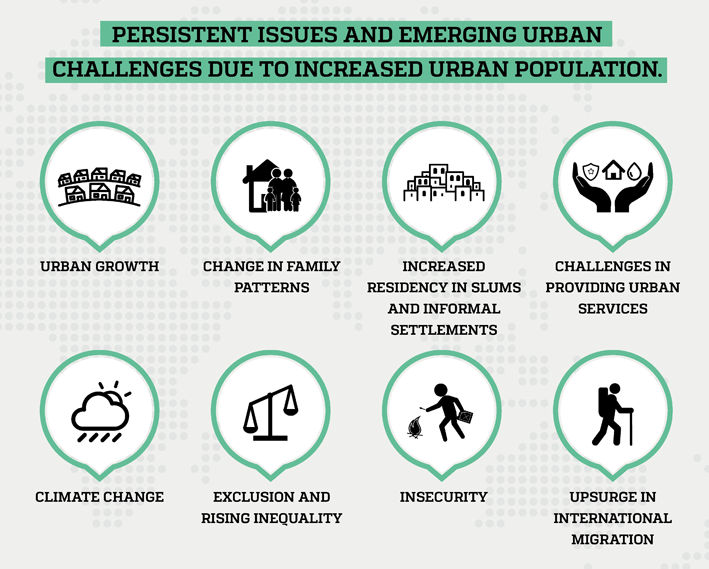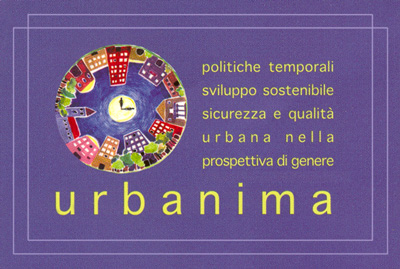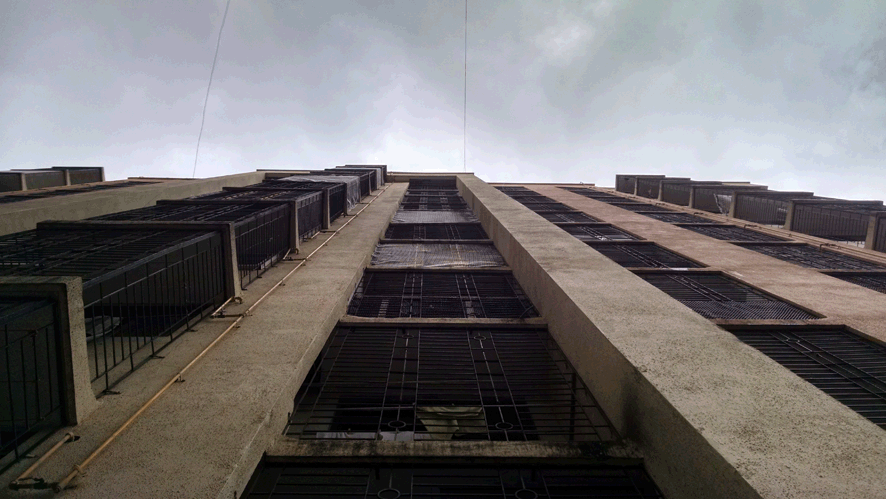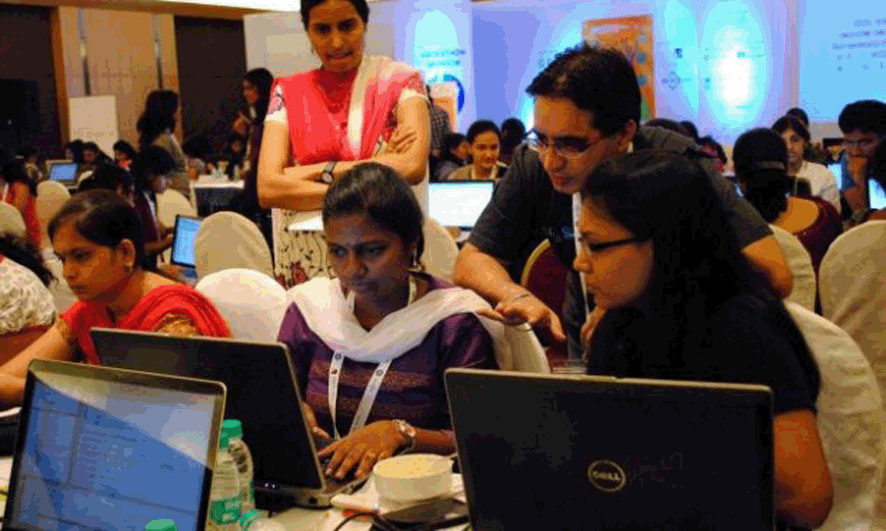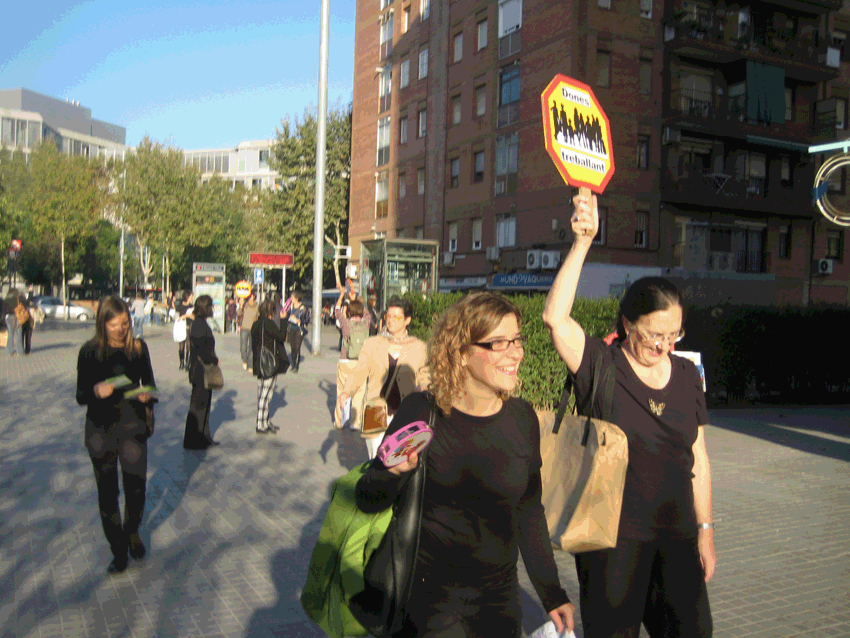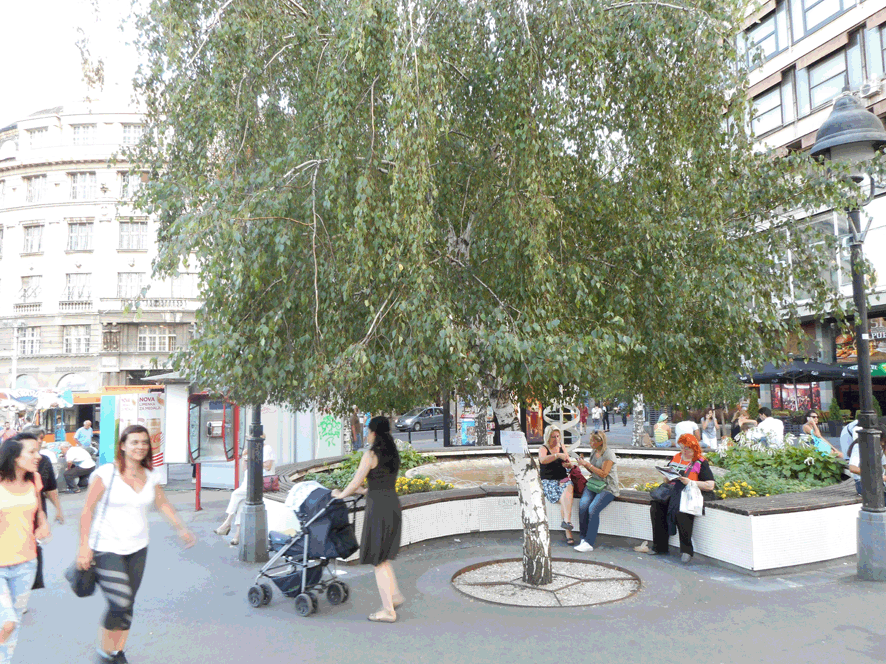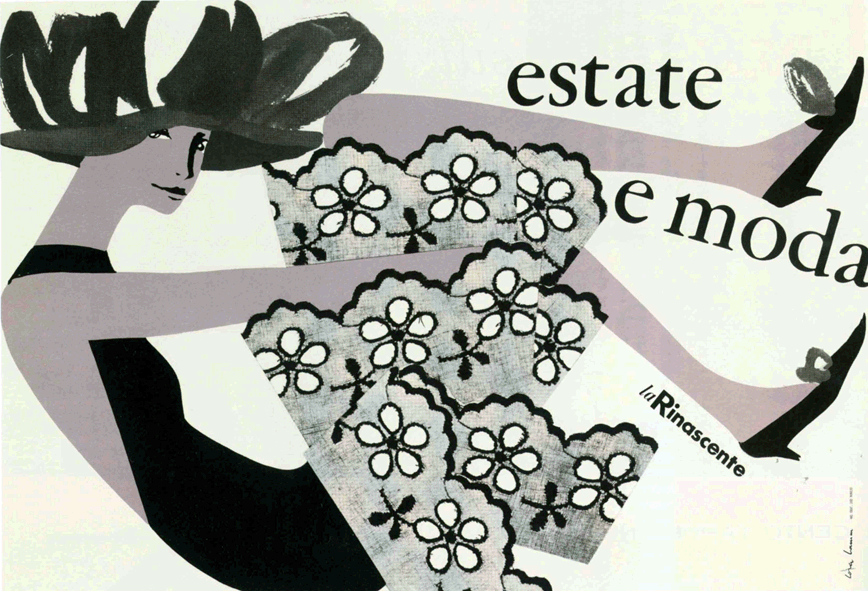No. 16 (2016): Towards Habitat III. A gender perspective
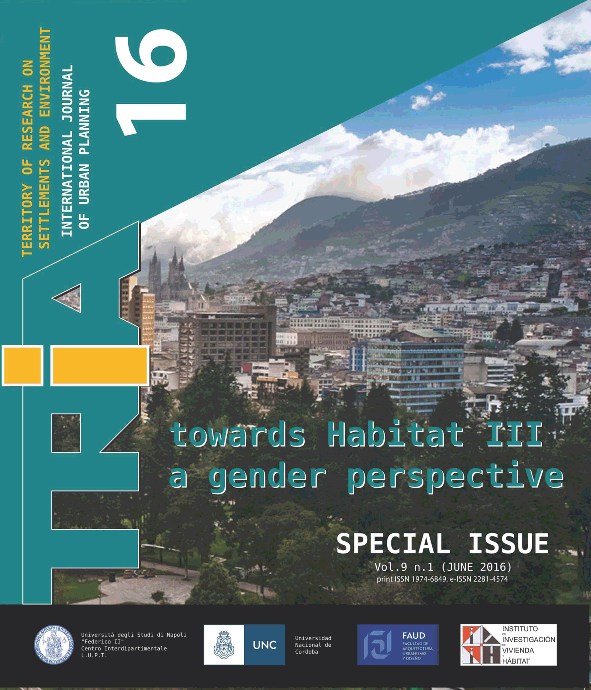
In 1976 there was the first global summit, officially identified as the United Nations Conference on Housing and Sustainable Urban Development, known as Habitat I, first of a bi-decennial cycle of conferences (1996, 2016), in which a international debate about these topics started. In 1996 the second conference took place at Istanbul analyzing two themes: "Adequate shelter for all" and "Sustainable human settlements development in an urbanizing world". The third conference - Habitat III - is to be held in Quito on 17-20 October 2016, and all the members of the Assembly will make a step forward by defining the New Urban Agenda that represents not only a vision for the future but also a strong commitment to act in pursuing the objectives of a more sustainable urban realm.
The New Urban Agenda contains many commitments with attention to women's needs and promote policies and action to remove the obstacles which the women faced in urban environment. It promotes gender equity and empowerment in all the urban activities, as to ensure women's participation in all levels of decision making processes. Particularly, gender responsive urban planning should rely on transport system, services, infrastructure spread off in the city. Another important issue is the security and safety, particularly for women and girls, of the contemporary city where public spaces must be without fear of violence.
The journal TRIA aims to contribute to this debate by proposing some findings about one of core topics of Habitat III e and New Urban Agenda: a city for all in respect of differences such as age, gender, race, etc.
In particular, this issue is dedicated to the gender perspective of New Urban Agenda collecting many interesting papers from over the world in collaboration with the University of Cordoba (Argentina) and the Gender Hub of UN-Habitat. The papers highlight the role of woman in the urban development and help to evaluate what has been done in the last years and what is necessary for the future.

